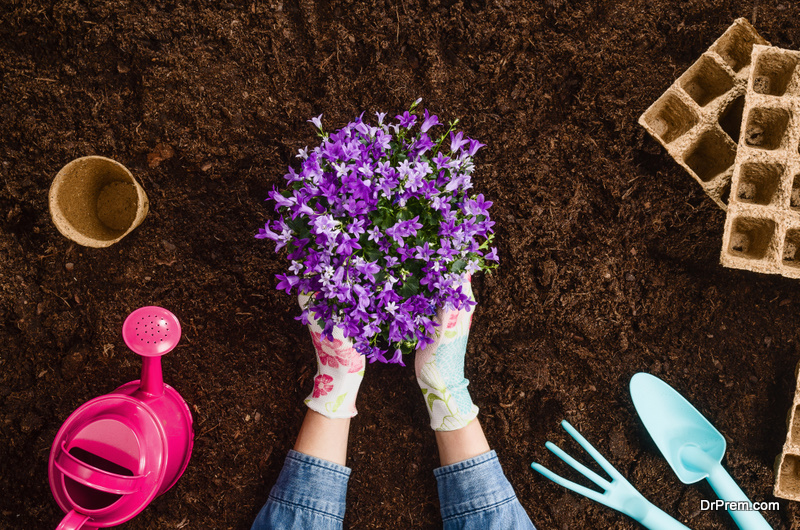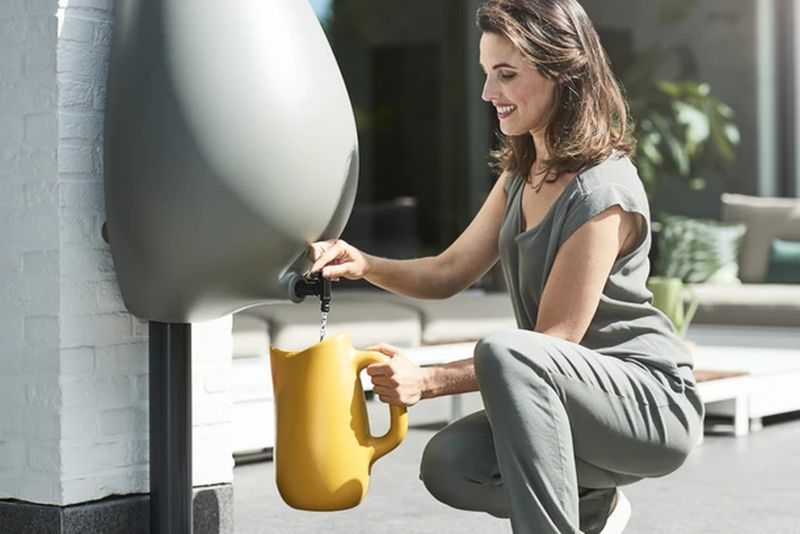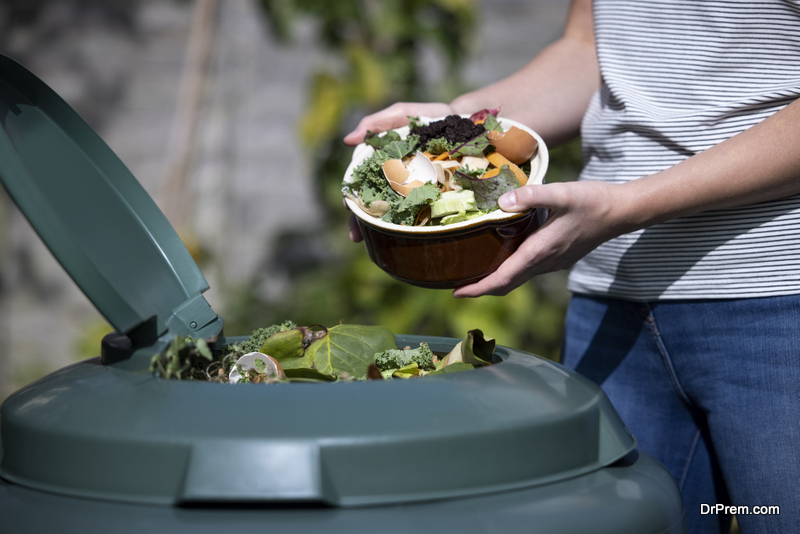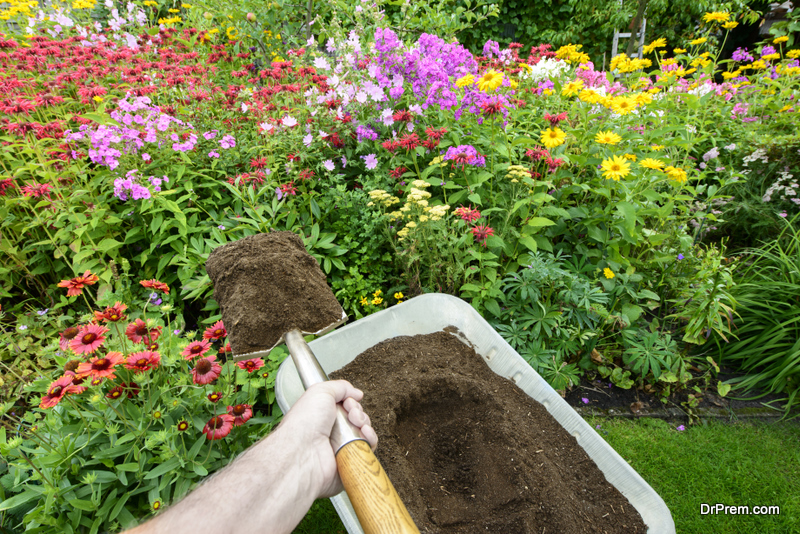Transforming your lovely garden into an eco-friendly oasis is actually much simpler than it may seem, and with a few simple tweaks, it can be done in no time. If you are eager to start being more kind to the environment, here are the five steps you can take to make your garden more sustainable.
1. The Use of Eco Materials

Choosing to use locally sourced and made green materials whenever you can is an amazing way to reduce your carbon footprint since such materials use either less cement or no cement at all, and they have fewer miles attached to their production. Moreover, sticking to more natural choices such as log walls, oak, woven willow, rammed earth, or straw bales can add lots of character to the overall appearance of the garden. The best choice for your particular garden depends on where you are located and what can easily be found in your area. Eco materials may require more strategy when it comes to striking the right balance between cost and durability, but if you consult with knowledgeable craftsmen and suppliers, it should not be an issue.
2. Waste Management
If your garden is large and filled with many different plants and trees, you may be facing a problem of constant green waste accumulation, and you are probably wondering how to manage its removal. Allowing it to accumulate in your yard is not only unsightly, but it can also cause a potential fire hazard when the weather is scorching, which is a direct threat to the environment. Moreover, leaving large amounts of natural waste to decompose unattended will release damaging greenhouse gases that contribute to global warming. Since green waste is mostly composed of branches, leaves, and other greenery, one idea is to add it to the compost bin, if you have one. However, if you consider it overwhelming, you can always call in the professionals who can take care of the waste for you.
3. Water Conservation

Most homes use lots of water in their gardens, and unfortunately, most of it is just wasted. Once the traditional garden plants are established, very few perennials and shrubs actually need additional water, and when you take care of those that have been newly planted or have a tendency to dry out, you should only water the roots, not the foliage.
If you are determined to form an eco-friendly garden, it is better to water the plants thoroughly once a week than to do it more often, little by little. This way the roots will guide themselves to go deeper in the soil and find moisture on their own, and if you get some organic matter and apply a thick mulch around each plant’s base during springtime, it will help lock the moisture in. And if you’re willing to go a step further, you can make an effort to save every drop of rain you can by adding a water butt on each of your downpipes.
4. Recycling and Reusing
There are several ways you can reduce the amount of stuff that ends up in landfills by choosing to recycle and reuse the items you already have. For example, plastic pots used to end up in the trash a lot, but nowadays, many garden centers take on the task of recycling them, but if you wish to be creative, you can also repurpose the pots and use them for sowing seeds.
On the other hand, if you are out of pots and you need to sow seeds, there is no need to buy new ones. Instead, you can opt for some unconventional biodegradable options, either by using egg boxes or the inner tube of toilet paper rolls. Moreover, whenever you have to buy new equipment, choose the items made of recycled materials.
5. Composting

Instead of throwing all the veggie scraps in the garbage, consider creating your very own compost. The first thing you need to do is to get a special bin that will help your compost area stay tidy and place it conveniently in a corner that is not too shady but will prevent it from getting in anyone’s way. Next, add some grass clippings, veg peelings, hedge trimmings, some used cardboard or shredded paper, and even the contents collected in your vacuum cleaner bag. Once you throw everything inside, you need to wait patiently, and occasionally turn the pile with a fork or any other tool. After at least six months, you should end up having a crumbly mixture that is ready to be used for mulching.
Doing our best to preserve the environment is something we should all take very seriously. Now that you’ve learned more about the ways you can have a more sustainable garden, you are ready to start turning your yard into an eco-friendly zone for all to enjoy.
Article Submitted By Community Writer


